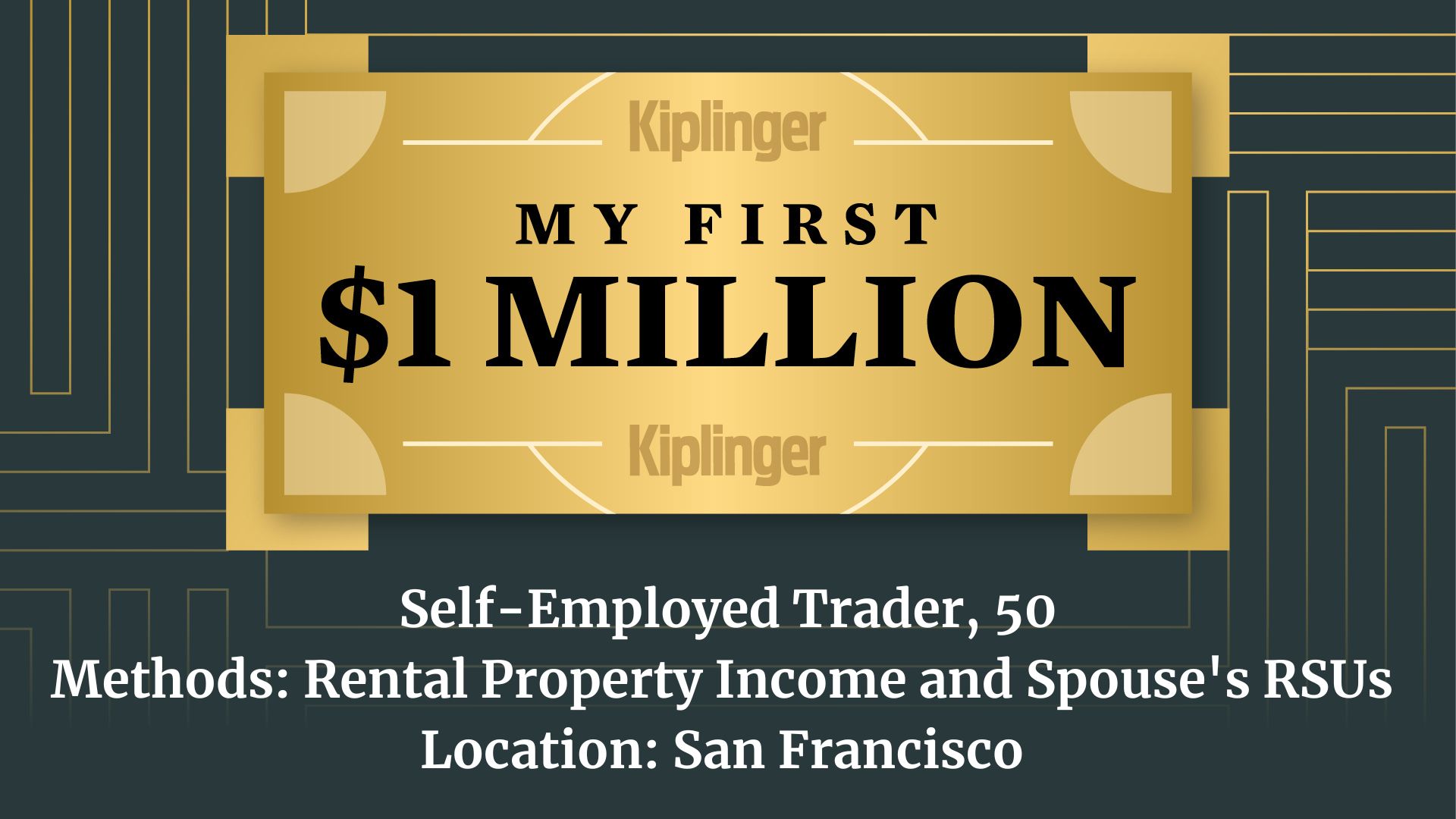Denied and Abandoned: The Rise of Unregulated Insurers and the Homeowners Left Behind
As traditional insurers retreat from California's high-risk zones, a surge of unregulated carriers steps in, leaving a trail of denied claims and devastated homeowners.

The rise in natural disasters, including wildfires and droughts, has taken a heavy toll on California, leading to unprecedented financial impacts. Insurers are bracing for potential losses of $135 billion to $150 billion from the January wildfires alone.
As traditional insurers pull out of the state or limit coverage, unregulated carriers are stepping in. However, with less oversight, homeowners are taking on greater risks, and many are seeing more insurance claims denied by these companies.
This shift in the insurance landscape has left many homeowners in a precarious position, unsure of where to turn for reliable coverage. As more residents face claim denials and policy limitations, the long-term viability of these unregulated carriers is coming under increased scrutiny.
From just $107.88 $24.99 for Kiplinger Personal Finance
Become a smarter, better informed investor. Subscribe from just $107.88 $24.99, plus get up to 4 Special Issues

Sign up for Kiplinger’s Free Newsletters
Profit and prosper with the best of expert advice on investing, taxes, retirement, personal finance and more - straight to your e-mail.
Profit and prosper with the best of expert advice - straight to your e-mail.
The challenge of getting insurance in California

Securing home insurance in California has become increasingly difficult, with the state now facing a full-blown insurance crisis. Even homeowners who manage to secure coverage are grappling with rising rates.
According to ABC News, state regulators approved a 12% average rate increase for Mercury General homeowners' policies in March. Safeco is set to raise rates by an average of 7.2% in May.
Finding homeowners insurance is becoming more challenging as insurers face mounting claims from natural disasters like the California wildfires. These events are causing substantial financial impacts, leading some insurance companies to withdraw from the state entirely.
The Public Policy Institute of California reports that more than 100,000 homeowners lost coverage between 2019 and 2024 as insurers canceled or declined to renew policies.
Since 2022, seven of California’s top 12 insurance providers have scaled back their offerings or exited the market altogether. Major insurers like State Farm, Farmers and Allstate have limited new policy issuance, while Tokio Marine Holdings announced their departure from the California home insurance marketplace in 2024.
The rise of surplus line insurers: Why more Californians are turning to unregulated coverage
As traditional or “admitted” insurers retreat from California, unregulated insurers are stepping in to fill the gap. Admitted or licensed insurers are required to file their rates with the Department of Insurance and participate in the California Insurance Guarantee Association (CIGA), which offers some protection if an insurer goes bankrupt.
In contrast, non-admitted or surplus line insurers can operate in California without filing their rates with the Department of Insurance or participating in CIGA. This means that homeowners who choose surplus line coverage don’t have the same financial safety net if the insurer becomes insolvent or can’t pay claims.
Historically, surplus line insurance was used primarily for high-risk properties or cases where traditional coverage was unavailable. However, it has increasingly become a mainstream option for many Californians as admitted insurers leave the market.
Data from the Surplus Line Association of California reflects this shift. In Bakersfield, surplus line insurers saw a staggering 2,500% increase from 2023 to 2024, while San Jose experienced a 1,500% increase over the same period.
Why insurance claim denials are on the rise

While surplus line insurers provide an alternative for homeowners who can’t secure coverage through traditional carriers, they operate under fewer regulations, and that’s causing problems.
These insurers have more flexibility when designing policies and adjusting rates, which can result in higher premiums and more exclusions for policyholders.
Reports indicate that surplus line insurers are denying homeowner insurance claims at an unusually high rate. This means homeowners, already paying more for coverage, may find themselves without financial assistance when their property is damaged or destroyed. In such cases, policyholders have little recourse, leaving many claims unpaid.
How California homeowners can find home insurance
Surplus line insurance comes with a risk of higher insurance claim denials, so think carefully if you plan to choose a surplus line insurer.
If you need insurance coverage for your California home, there are several ways to get coverage.
- Contact local insurance brokers or agents. They will be aware of insurers offering coverage in your area and can help get quotes and compare rates.
- Use the California Department of Insurance’s Home Insurance Finder database. The database can help you identify insurance companies and agents and brokers.
- If you can’t find fire insurance, the FAIR Plan offers basic fire insurance coverage for high-risk properties in California.
- Focus on protecting your home from natural disasters, which may help you get insurance coverage. Create a defensible space around your home to help prevent fire spread to the structure, invest in storm shutters and consider products like fire-resistant gutter guards to help protect your home.
Finding insurance in California may take some research and time, so start the process early. While rates may be high, carefully review your policy to make sure you have enough coverage but that you’re also not paying for more insurance than you need.
Always be sure to ask about any potential discounts, such as discounts for multiple policies or for investing in modifications that will help protect your property from disasters.
Explore and compare some of today's best insurance solutions with the tool below, in partnership with Bankrate.
Related content
Profit and prosper with the best of Kiplinger's advice on investing, taxes, retirement, personal finance and much more. Delivered daily. Enter your email in the box and click Sign Me Up.

Paige Cerulli is a freelance journalist and content writer with more than 15 years of experience. She specializes in personal finance, health, and commerce content. Paige majored in English and music performance at Westfield State University and has received numerous awards for her creative nonfiction. Her work has appeared in The U.S. News & World Report, USA Today, GOBankingRates, Top Ten Reviews, TIME Stamped Shopping and more. In her spare time, Paige enjoys horseback riding, photography and playing the flute. Connect with her on LinkedIn.
-
 Dow Adds 646 Points, Hits New Highs: Stock Market Today
Dow Adds 646 Points, Hits New Highs: Stock Market TodayIt was "boom" for the Dow but "bust" for the Nasdaq following a December Fed meeting that was less hawkish than expected.
-
 5 Types of Gifts the IRS Won’t Tax: Even If They’re Big
5 Types of Gifts the IRS Won’t Tax: Even If They’re BigGift Tax Several categories of gifts don’t count toward annual gift tax limits. Here's what you need to know.
-
 The 'Scrooge' Strategy: How to Turn Your Old Junk Into a Tax Deduction
The 'Scrooge' Strategy: How to Turn Your Old Junk Into a Tax DeductionTax Deductions We break down the IRS rules for non-cash charitable contributions. Plus, here's a handy checklist before you donate to charity this year.
-
 The Top 22 Gifts for Grandkids from Walmart in 2025
The Top 22 Gifts for Grandkids from Walmart in 2025From PlayStation to Labubu, you'll find the hottest gifts of 2025 for your grandkids at Walmart this year. Some of them are up to 78% off.
-
 CD vs. Money Market: Where to Put Your Year-End Bonus Now
CD vs. Money Market: Where to Put Your Year-End Bonus NowFalling interest rates have savers wondering where to park cash. Here's how much $10,000 earns in today's best CDs versus leading money market accounts.
-
 Meet the World's Unluckiest — Not to Mention Entitled — Porch Pirate
Meet the World's Unluckiest — Not to Mention Entitled — Porch PirateThis teen swiped a booby-trapped package that showered him with glitter, and then he hurt his wrist while fleeing. This is why no lawyer will represent him.
-
 Smart Business: How Community Engagement Can Help Fuel Growth
Smart Business: How Community Engagement Can Help Fuel GrowthAs a financial professional, you can strengthen your brand while making a difference in your community. See how these pros turned community spirit into growth.
-
 Smart Money Moves Savers Should Make in 2026
Smart Money Moves Savers Should Make in 2026These steps will get you on the road to achieving your 2026 savings goals.
-
 How Much Would a $50,000 HELOC Cost Per Month?
How Much Would a $50,000 HELOC Cost Per Month?Thinking about tapping your home’s equity? Here’s what a $50,000 HELOC might cost you each month based on current rates.
-
 My First $1 Million: Self-Employed Trader, 50, San Francisco
My First $1 Million: Self-Employed Trader, 50, San FranciscoEver wonder how someone who's made a million dollars or more did it? Kiplinger's My First $1 Million series uncovers the answers.
-
 Waiting for Retirement to Give to Charity? Here Are 3 Reasons to Do It Now, From a Financial Planner
Waiting for Retirement to Give to Charity? Here Are 3 Reasons to Do It Now, From a Financial PlannerYou could wait until retirement, but making charitable giving part of your financial plan now could be far more beneficial for you and the causes you support.